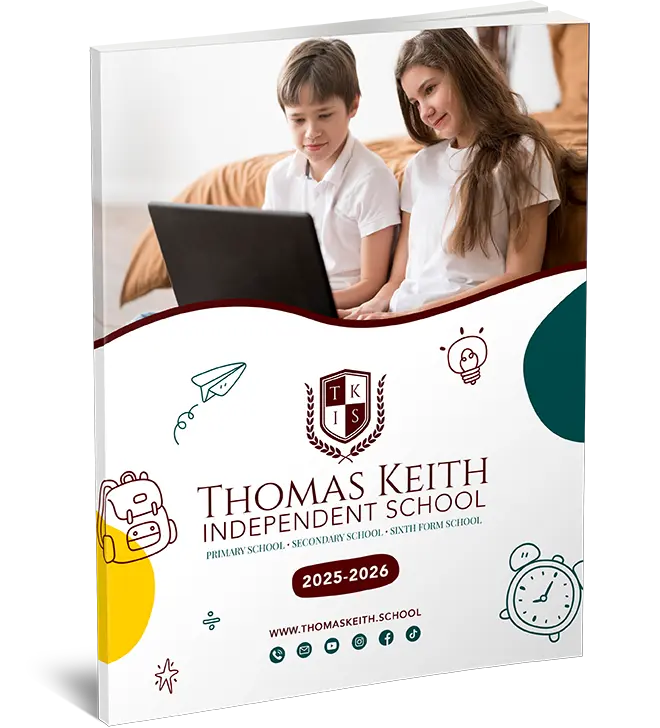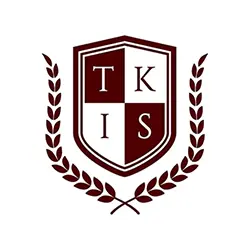Exploring Online Secondary Education Models
The online secondary education has transformed schooling in the previous decade. Its flexibility, accessibility, and ability to customise learning make it a viable alternative to traditional brick-and-mortar schooling. Let’s examine several popular online secondary education approaches that are changing instruction.
Explore the “Fully Online Model” first. This online education is entirely web-based. Everything happens online—classes, teachers, and peers. Students who want complete freedom can access course materials and lectures anytime, anyplace, using this arrangement. Due to its autonomy, this model requires self-discipline and motivation to follow the curriculum.

“Hybrid or Blended Learning Model” follows. This model combines online and face-to-face learning. Some classes are in-person, and others online. Online learning combines classroom structure and social interaction. It benefits students who excel at both self-directed and guided learning.
The “Competency-Based Learning Model” is relatively new. Competency-based education emphasises skill mastery rather than time-based learning. Students advance when they’ve mastered a topic at their own pace. This groundbreaking technique highlights talent and insight above rote learning.
Finally, the “Flipped Classroom Model” reverses learning. Online platforms provide lectures and course materials, and classroom time is used for discussions, projects, and individualised instruction. This model promotes student collaboration, critical thinking, and active learning.
Online secondary education models depend on a student’s learning style, family situation, and personal needs. These models are diverse enough to accommodate all students.
Thomas Keith School’s advancement of online secondary education is noteworthy. Their mixed learning methodology combines online freedom with an in-person structure. In today’s fast-paced world, Thomas Keith School offers a rigorous academic curriculum with flexibility.
High-quality instruction and cutting-edge educational technology make their platform frictionless. Personal attention and advice create a supportive learning community. Diversity, equity, and inclusion ensure that all students have the support they need to succeed.
Online secondary education has expanded academic opportunities. For the independent learner, the mixed approach, or the competency-based model, there’s a model for everyone. Thomas Keith School is leading the way in ensuring this diversity of models fulfils student needs, a significant advancement in modern education.
Online Secondary Education: Overcoming Obstacles
Online secondary education has risen rapidly during the past decade. Like any learning method, it presents problems. This essay will discuss how students can overcome online learning challenges.
First student engagement. Structured classes increase involvement. Online students may need help to focus and contribute together. Create a learning regimen and use interactive activities to overcome this issue. Videos, quizzes, and simulations can spice up lessons.
Second, technical issues make online schooling challenging. Internet, hardware, and learning platforms can disrupt learning. Students should familiarise themselves with online course technology to avoid this. A reliable internet connection, updated equipment, and technical troubleshooting skills can reduce interruptions and streamline learning.
Time management is another issue. Online learning might cause procrastination or a lack of organisation. Online students should set reasonable goals, stick to a study plan, and take breaks to minimise burnout. Time-management apps can help you organise.
Online students face social isolation. Without classmates and professors, students may feel lonely. Online connection with teachers and pupils helps solve this problem. Discussion forums, group projects, and virtual study groups can simulate a regular classroom and build community.
Finally, the lack of fast feedback, common in traditional classrooms, can hinder online learning. Online communication tools can let students actively seek input from teachers and peers.
In online secondary education, institutions like the Thomas Keith School are crucial. Their dynamic, friendly environment helps students succeed in online education.
The Thomas Keith School’s engaging activities, group work, and self-paced learning maximise student engagement. They quickly fix technical issues to ensure a smooth learning experience.
The school values organisation in learning. Their virtual learning platform helps students set goals and create study routines.
Thomas Keith School also values social connection in learning. Online class meetings, group projects, and discussion boards help students interact and collaborate.
The school’s open communication allows quick feedback, helping kids learn better. This dedication makes children feel seen, heard, and supported.
In conclusion, online secondary education’s obstacles are manageable. Students may overcome these challenges and take advantage of online education with the correct strategies and a helpful school like the Thomas Keith School.
Online Secondary Students’ Extracurricular and Social Activities
Due to its flexibility, personalisation, and accessibility, many students and families choose online secondary education. This learning model’s extracurricular and social possibilities typically concern parents and kids. Today’s innovative internet platforms allow students to engage outside the academic curriculum, expanding their learning experience.

Extracurriculars help children develop skills and interests outside of school. These activities vary online. Virtual clubs let kids pursue writing, coding, photography, and other attractions. Interactive sessions, workshops, and competitions build community and shared learning in these clubs.
Online education extracurriculars include volunteering. Students can volunteer and earn service hours on several platforms. This fosters societal responsibility and worldview.
Virtual internships and job shadowing are possible with online secondary education. These initiatives give students real-world experience in their field. It helps students explore careers and develop professional skills.
Online education platforms allow students to socialise. Discussion forums, group projects, and virtual study groups enhance academic exchanges, while virtual field trips, cultural festivals, and games stimulate informal socialising.
Online schools often arrange in-person meetups or field excursions to give students face-to-face connection. Video conferencing also fosters classroom camaraderie and encourages student-teacher relationships.
Online secondary education at Thomas Keith School is holistic. The school offers many extracurricular activities to develop well-rounded students.
They have virtual clubs for scientific, humanities, and artistic interests. These clubs encourage students to explore their interests, gain new skills, and interact with like-minded classmates.
Virtual volunteering is also encouraged at Thomas Keith School. They help pupils identify opportunities, instilling civic obligation and compassion.

The institution also values hands-on experience. Career counselling helps students find virtual internships and job shadowing, giving them real-world experience.
Socially, the Thomas Keith School prioritises a lively, inclusive online community. They offer virtual schools and social activities. Their focus on developing a solid learning community ensures that each student feels connected and supported, proving that online learning is not isolated.
Online secondary education offers many extracurricular and social opportunities. The Thomas Keith School is leading this comprehensive approach to online education, giving kids a well-rounded, rewarding education.




